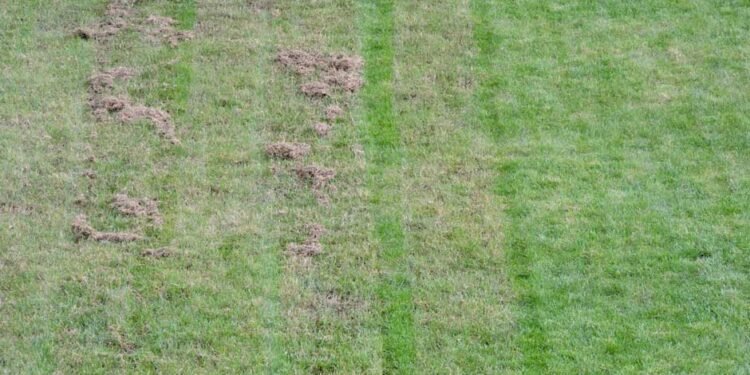Maintaining a lush, green lawn often involves more than just regular watering and mowing. Additional lawn care services can be crucial for optimal results in places like Lakeland, TN. For instance, consulting with a lawn fertilizer company Lakeland, TN, can help diagnose and address specific issues like soil deficiencies or pest infestations.
Understanding the signs that your lawn needs more than just the basics is essential in keeping it healthy and vibrant. This guide explores the common indicators of lawn distress and offers actionable solutions to rejuvenate your grass.
Symptoms Your Lawn Needs More Help
Noticing changes in your lawn’s color, texture, or growth patterns can indicate early that it requires more than just water and mowing. Yellowing grass often signals nutrient deficiency, while inconsistent growth might indicate soil compaction. If patches of grass die off or weeds begin to dominate, it may suggest that your lawn is not receiving adequate care.
Diagnosing Lawn Problems
Properly identifying the issues affecting your lawn can save time and resources. A soil test is a great place to start because it provides important details regarding nutrient levels and pH balance. Hiring local specialists, like those at respected services, can yield insights particular to your setting.
Also, pay attention to irrigation patterns. Overwatering and inadequate drainage can cause fungal diseases, and irregular holes or chewed leaves are indicators of pest invasion that may need to be addressed.
Improving Soil Health
A flourishing lawn starts with healthy soil. Compacted soil suffocates grass by limiting root growth. Aeration, the process of perforating the soil to let nutrients, water, and air in, can greatly improve soil health. Top dressing your lawn with organic matter, such as compost, further improves soil structure and fertility.
Advanced Pest Control Methods
Pests can wreak havoc on an otherwise healthy lawn. Advanced pest management strategies, such as biological control using beneficial insects, can effectively target pests without harmful chemicals. Additionally, choosing plants that naturally repel pests can be a proactive measure.
Ensuring Proper Lawn Nutrition
Correct fertilization is crucial for maintaining a healthy lawn. Apply fertilizers that cater to the specific needs of your grass type and local environment. Organic fertilizers can enrich the soil without the risk of chemical buildup. Ensuring your lawn gets nutrients throughout each growth phase promotes resilient, lush grass.
Sustainable Lawn Care Practices
Adopting sustainable practices benefits the lawn and the environment. Implementing smart irrigation techniques, such as drip systems or rain sensors, reduces water waste. Drought-resistant grass species should be planted to minimize water requirements. Resources provide extensive information on sustainable gardening practices.
Frequently Asked Questions
Questions like “How often should I aerate?” or “What are the signs of over-fertilization?” are common among lawn owners. Aeration in spring and fall is generally sufficient for most grass types. As for over-fertilization, look for symptoms such as dark green grass blades and slow growth. Addressing these questions can make it easier to maintain a flourishing lawn throughout the seasons.
Conclusion
Observing and responding to your lawn’s needs goes a long way in ensuring its health and beauty. By identifying symptoms of distress early and applying targeted solutions, you can save time and effort in the long run. Embracing sustainable methods promotes the vitality of your lawn and the health of the ecosystem around it. With these strategies in mind, achieving a lush, green lawn is attainable for every homeowner.












